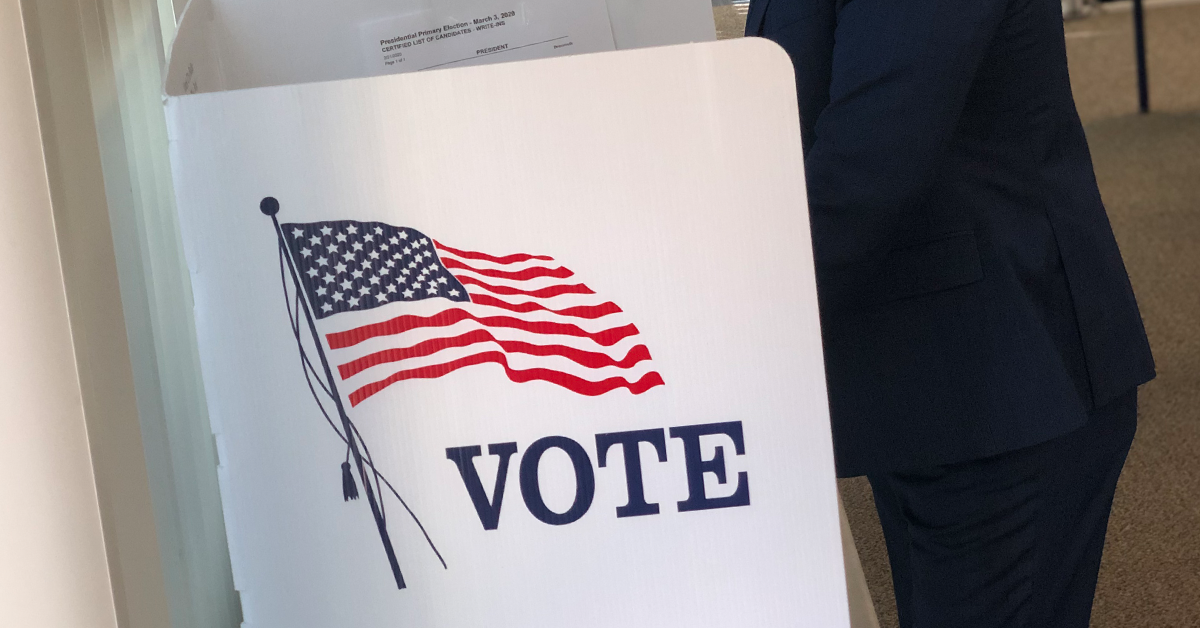The public transportation system in Clovis has tepid fare box revenues, to put it mildly.
Yet, that could someday be the catalyst for innovative change.
My thinking along these lines was spurred by regional public transit reports posted recently on the Fresno Council of Governments website. Fresno County’s incorporated cities delivered brief summaries on how they spent Measure C funds in FY 2017-18 on public transportation projects in their respective bailiwicks. The reports eventually made their way to the Fresno Country Transportation Authority board, which oversees Measure C funds.
Clovis has a two-part public transit system. “Stageline” is a traditional fixed route service operating full-time Monday through Friday. There is limited service on Saturdays. The “Round Up” service is for disabled residents who call ahead to schedule trips.
The report says Clovis spent a total of nearly $6.28 million on its public transit system last year. The city received $1.46 million from Measure C to help fund the system. The Measure C money was spent in two ways: A bit more than $935,000 for “Transit Services” and (to be precise) $527,712.18 for “Farebox Match.”
The COG document explains the remaining math quite simply. Clovis spent nearly $6.28 million overall. It received $1.46 million from Measure C. Where did the remaining $4.8 million come from to make sure public transportation stayed alive and well in Clovis in FY 2017-18?
Well, nearly $4.6 million came from various state and federal sources. And (to be precise) $227,882.33 came from ”Fares/Rentals/Advertising.”
That means the fare box (supplemented to what I understand to be an very modest degree by vehicle rentals and advertising) produces just 3.6% of the money needed to operate the Clovis public transportation system for a full year.
I found that to be most interesting. I vaguely recalled from my Fresno City Hall days that the feds and Sacramento, the primary sources of public transportation money, are keen on local jurisdictions producing 10% to 20% of annual system funding through rider payments at the fare box (or the ticket-vending machine, as in Fresno’s Bus Rapid Transit system). That’s the ideal.
Now, public transportation is complex policy issue even for the experts. I admit to being an outsider looking in (with empathy and considerable curiosity). But I had to call Clovis City Hall and ask about the significance of that fare box number.
My main thought before making the call on Friday (Jan. 4) was this: While $227,000 isn’t chicken feed, it also isn’t all that much in an operation funded annually to the north of $6 million. I don’t know if the $227,000 figure on the COG document refers to both the Stageline and Round Up services or just Stageline. For the sake of argument, I assumed it reflected just fares for Stageline. What follows are some rough numbers.
If Stageline operates 300 days a year, that means it took in an average of about $757 per day in fares in FY 2017-18. The standard fare for a person aged 6 to 64 is $1.25 for a one-way trip. That means, on average, Stageline gets 605 paying customers per day. Stageline operates about 12 hours a day during weekdays, with selected service on Saturday. That means Stageline, on average, gets about 50 paying customers per hour. I understand, based on my review of its online service map, that Stageline operates four fixed routes. That means, on average, each Stageline route gets about 13 paying customers per hour. I don’t know if each route is serviced by more than one bus. I’m guessing such is the case, at least during peak traveling hours; the routes are fairly long and it wouldn’t make public relations sense to have service intervals at each bus stop of an hour or more. That means if two buses serve each Stageline route, then on average each bus services 6 to 7 paying customers per hour.
Again, I know my numbers are rough. And keep in mind that Stageline is free for riders aged 65 and older and those with a disability. (For children under 6, up to four can ride for free if they’re with a fare-paying adult. This info comes from the Clovis Transit website.)
However, I’m guessing I’m in the ballpark simply because the $227,000 fare box number doesn’t lie. And I don’t think I’m wrong when I say my rough numbers suggest another reason why market disrupters like Uber and Lyft are here to stay.
So, my question to Clovis City Hall was simple: Why not make fixed route public transportation in Clovis free, and find elsewhere the $227,000 to backfill the lost fare box revenue?
City Manager Luke Serpa very generously took my call. We spoke briefly. He said he would have someone connected to the transit service call me. She did, and was most helpful. We spoke for background only.
In a nutshell, I understood that background to be this:
1.) Clovis per City Council policy is generous when it comes to who rides Stageline for free.
2.) Clovis per City Council policy wants Stageline to serve as many parts of Clovis as possible. The alternative would be to concentrate limited transit resources only along the most heavily traveled corridors. This is the age-old dilemma in public transportation service: Wide but shallow, or narrow but deep? The result in Clovis is one of the dilemma’s tradeoffs. Residents in the city’s nooks and crannies aren’t forgotten, but the main transportation corridors aren’t serviced as thoroughly as would be the case with a different operating philosophy. In other words, citywide equity is enhanced, but ridership numbers suffer.
3.) Clovis officials are aware of the low fare box number. They are constantly studying the future of public transportation in their city and the possible impact of changing the fare structure. (If Stageline became free, the Round Up service would also have to become free; this would complicate the picture but wouldn’t necessarily be a deal-killer.) But there appears to be no plan at this point to recommend to the City Council that public transportation become, in essence, an entitlement available to all.
I concluded my chat with Clovis City Hall with an outsider’s summary of the city and its place in the broader world.
You’ve got a city of about 110,000 people. The city covers about 25 square miles and has plenty of SOI (sphere of influence) for future growth. It’s well-run city blessed with stable political leadership. The local school district is among the best in the state, if not the nation. Clovis is a “high opportunity” city. People from backgrounds as America as a whole very much want to live, study and work in Clovis.
Looking at that broader world, it contains powerful policy-makers at the state (Sacramento) and federal (Washington, D.C.) levels. These policy-makers are keen on quality of life/social justice issues such as clean air, transit-oriented development and the integration of populations based on household income. These state and federal policy-makers have the clout to make their sentiments mandatory at the municipal level.
In light of this picture and the modest returns at the fare box, is there not a logic to making public transit Clovis totally free? If the annual ridership of Stageline currently is X, is there not a logic to investing a mere $227,000 to try to turn that number into 2X or even 3X? Would not free public transit once again stamp Clovis as a bold and innovative leader in municipal affairs?
My source of the backgrounder listened politely. Her caution was born of wisdom. Such a policy discussion in the public domain, let alone policy call, belongs to the City Council.
At the same time, she didn’t call me crazy.
I know many of these same issues confront Fresno City Hall and Fresno Area Express officials. I know of at least one council member (the termed out Clint Olivier) who has broached the idea of free public transit. If it’s to happen in Fresno, maybe Clovis gets the momentum going.
After all, the possibility of free junior college for all is no longer a radical idea.









SHUT IT DOWN! With a $6.28 million cost (less $227,000 in fares) for a subsidy of about $6.053 million to spend on 181,500 trips per year ($33.35/trip), it would make much more sense to reimburse riders for the cost of Uber/Lyft. The service would be door-to-door and on demand. If that encouraged twice as many riders, the same subsidy would still make $16.67 available to subsidize each rider.
Check my math: 605 passengers a day x 300 operating days = 181,500 passengers. $6 million/181,500 = $33.05 per ride. That’s a lot of money to move people from point A->B. Almost cheaper to pay for Uber Rides for each person. Point is, we need to look at a better and more cost effective way to move people around than what we are doing today.